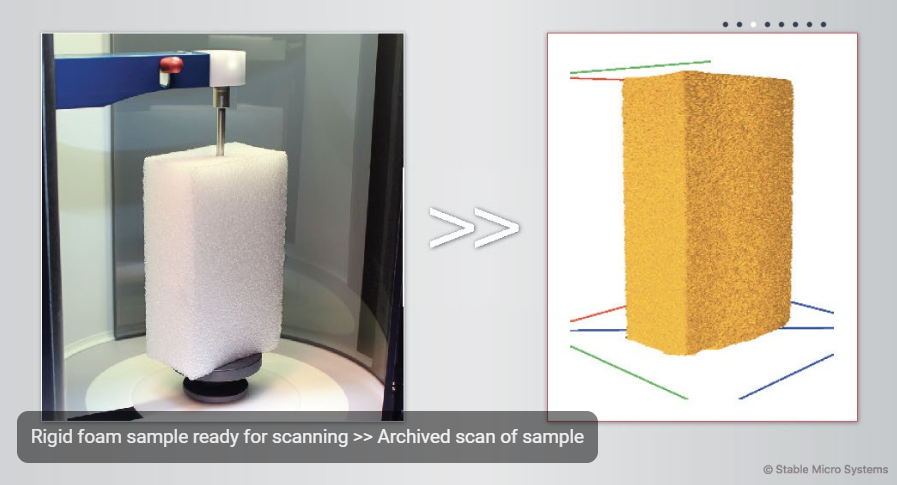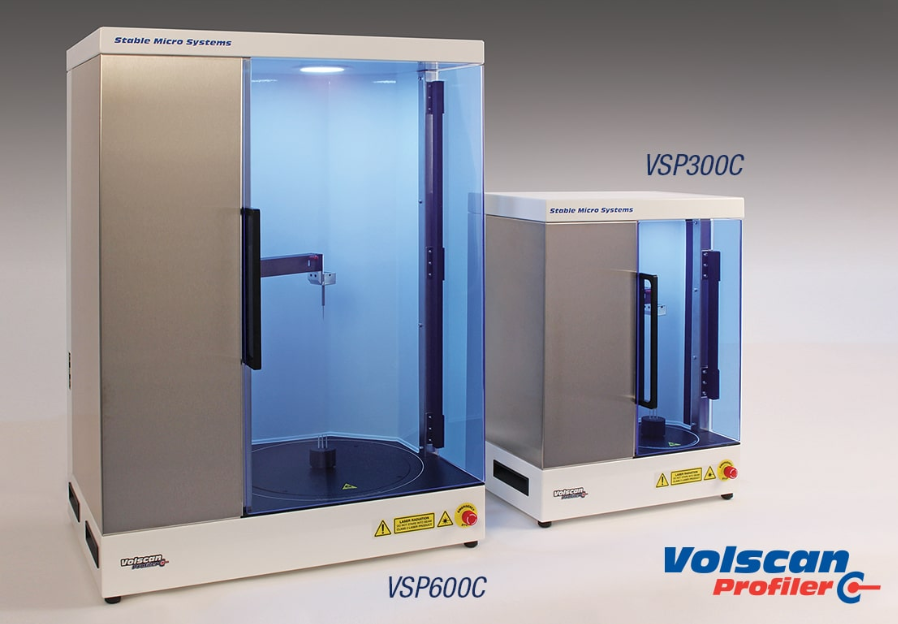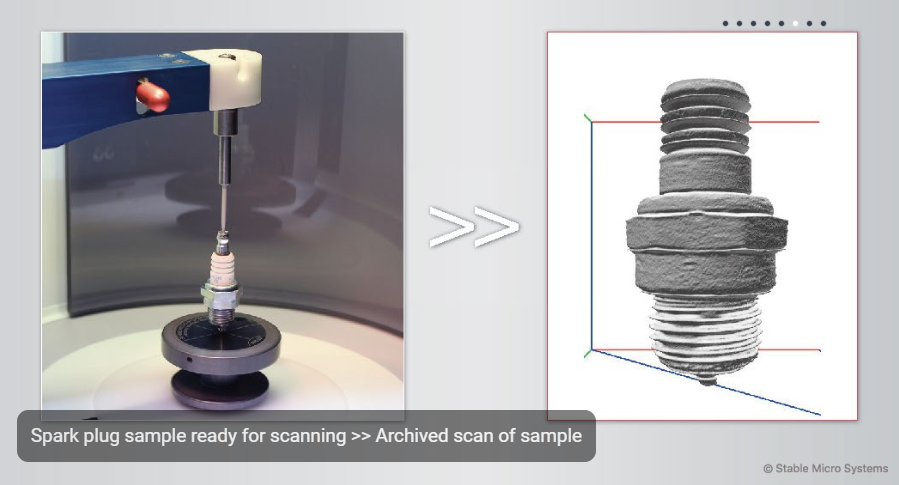
The measurement of density is necessary for the manufacture of many of today’s products. It is an extremely valuable and reliable tool to characterize the structure and quality of solid materials quickly and routinely, such as catalysts, ceramics, foams, minerals, metal powders, soils, cement, pharmaceuticals, and many more. Density measurements guide the formulation process and influence the overall quality of manufactured products.
It is often beneficial, for performance or cost-saving reasons, to reduce the weight of products whilst maintaining the overall physical size of the product. In fact, manufacturers often attempt to develop materials that are partially porous but still fulfill their technical function. In such products as home insulating materials, the presence of closed air bubbles is desirable. Automobile and furnace filters, on the other hand, require an open cellular structure. However, in other products, such as ceramics and laminate structures, the prevention of porosity is crucial to their structural integrity.
When combined with other information, a material’s density can indicate possible causes of alterations to product characteristics. A change in density can be the result of altered material composition or the presence of a defect (such as a void in a casting). This can help with quality control; for example, in aluminum foundries, the purity of a melt can be determined by looking at the relative densities of a part that has formed under air pressure and a part that has formed under low pressure (such as 80 mbar).
The density of porous materials is affected by the quantity and size of pores. The porosity affects other material qualities, so its accurate measurement is very important. For example, the frost resistance of roof tiles or the properties of wall materials such as concrete are affected by porosity, and in turn, density.
The Volscan Profiler – allows measurement, analysis, and comparison
The Volscan Profiler is a benchtop laser-based scanner that measures the volume, density, and dimensional profiles of samples with maximum dimensions of 600mm long and 380mm diameter, with a typical test time of fewer than 60 seconds.
Instead of just assessing the volume as with traditional displacement methods, the Volscan Profiler has the ability to automatically measure and calculate an additional 19 related parameters, such as height, width, length, and weight. It also enables the rapid 3-dimensional digitization of products which can be archived and then treated mathematically to yield detailed dimensional information for immediate use or future retrieval.
This instrument quickly provides accurate data essential in the fields of both Quality Control and Product Development.

Why measure Volume, Density, and Product Dimensions using a Volscan Profiler?
Fluid displacement techniques are not suitable for porous materials. The Volscan Profiler is a non-contact laser-based measurement that is not affected by sample porosity.
Mercury displacement techniques represent a toxic risk to the environment and are therefore illegal in many countries. The Volscan Profiler has been verified as accurate as mercury displacement methods.
Gas displacement techniques usually measure very small samples or otherwise attract a high instrument price. The Volscan Profiler has the largest measurement envelope in its class.
X-ray techniques are expensive and present a health and safety issue and therefore require fully trained operators. The Volscan Profiler uses an eye-safe laser and therefore is the safest procedure for density determination.
An operator must also ask the question that why settle for a measurement technique that gives only one value? The Volscan Profiler gives the most comprehensive set of dimension-based parameters available that can be visually shown in 2D and 3D and then digitally archived for future retrieval in a variety of data formats.


This information has been sourced, reviewed and adapted from materials provided by Stable Micro Systems Ltd.
For more information on this source, please visit Stable Micro Systems Ltd.